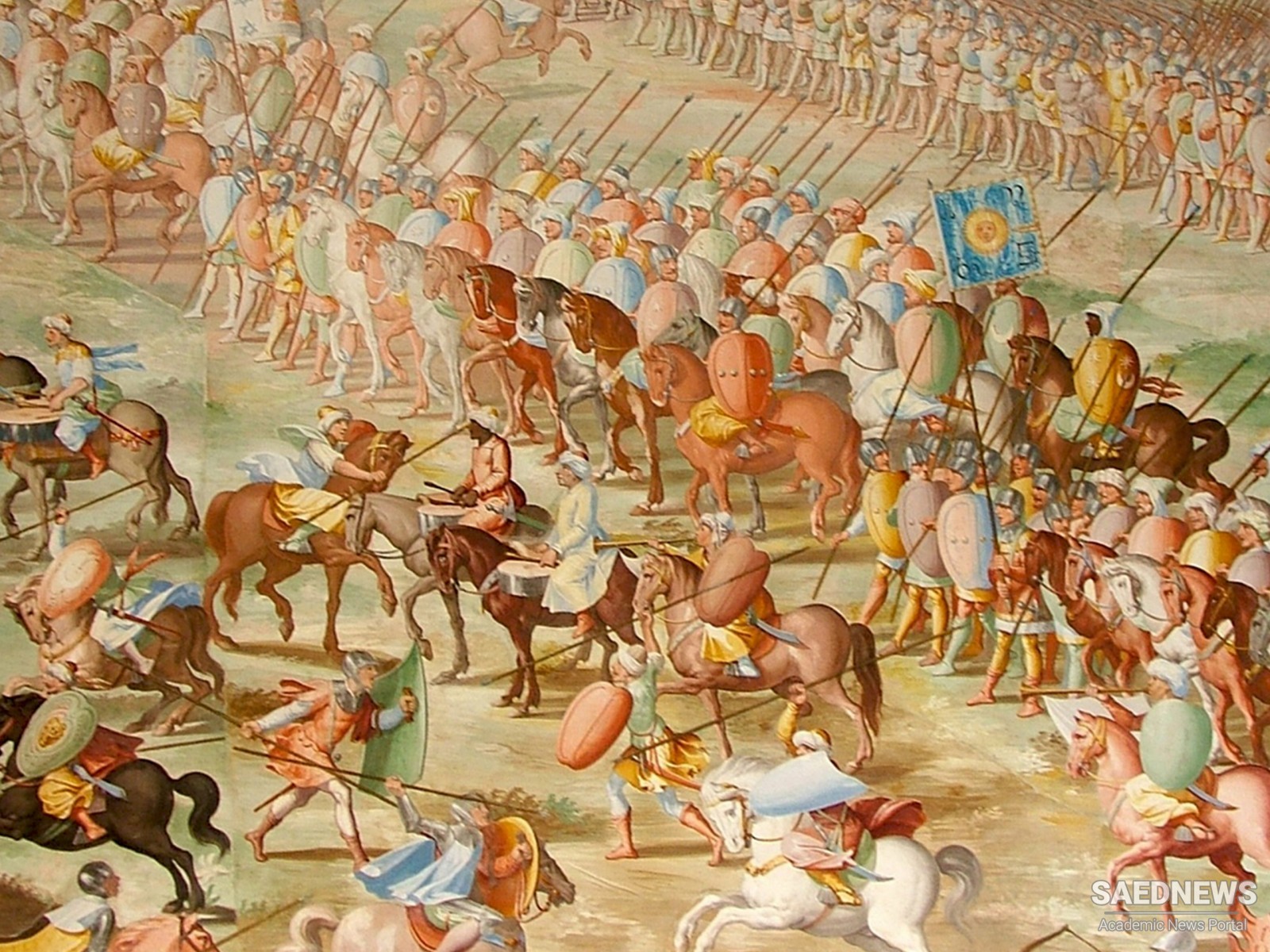Ignoring advice to conduct an immediate attack, Ismail waited while the Ottomans formed a defensive barrier with gun carriages linked together by chains behind which janissaries armed with muskets took up fighting positions. Ismail’s initial cavalry att ack breached the enemy’s left flank, but the Safavid horsemen could not roll up Selim’s center. As the Ottoman janissaries, backed by cannon and mortars, held fast, the Ott oman right swung around onto the Safavid fl ank. Ismail’s army broke and began a retreat to Tabriz, resorting again to scorched- earth tactics to slow the Ott omans. Although failing to stop Selim from capturing the Safavid capital, Ismail had salvaged his situation by increasing the strain on Selim’s supply lines. Ottoman troops soon mutinied over the prospect of wintering in Tabriz when the surrounding countryside had been stripped of the resources they needed to survive, and Selim withdrew.
The Safavid defeat at Chaldiran was almost exclusively a result of their inability to counter Ottoman firepower. Ismail appears to have learned his lesson and began to add artillery and harquebuses to his army by 1516. The loss to the Ottomans, however, undermined Ismail’s reputation as being divine and hurt his relations with the Qizilbash chiefs, who began to behave more like feudal barons than loyal lieutenants. Chastened by the defeat, Ismail became inatt entive to the nonmilitary aff airs of state and acceded to his Persian vakils’ handling of day- to- day administration in ways that deepened divisions among the empire’s Turkic and Persian elite. In 1523, the Qizilbash assassinated one overreaching vakil, and, when Ismail died the following year, an era of sporadic civil war and wars against opportunistic neighbors began.
Ismail’s heir, Tahmasp (r. 1524–76), came to the throne as a ten- year- old under a regency, and fortunately for the dynasty, he grew to be a good and brave leader. He continued to face problems from disaffected Qizilbash chiefs, but held the state together with the army’s assistance against the neighboring Ozbegs or Uzbeks in the east and the Ottomans encroaching from the west. Tahmasp’s army was mostly unchanged from his father’s time, but the number of handguns, muskets, and harquebuses among the forces was increasing. Cannons were slowly added to the army despite their relative immobility. In 1569, the shah received an envoy sent by Ivan the Terrible of Russia to seek an alliance against the Ott omans. The envoy brought thirty cannons and four thousand muskets along with five hundred musketeers to instruct and drill Safavid soldiers in marksmanship. Tahmasp continued the practice of using scorched- earth tactics in front of invading Turkish forces. The new Safavid shah also relied on allied Kurdish and other frontier tribal forces to harass Ottoman lines of communication and rear areas.


 Persian Christians and Their Interaction with Mongols
Persian Christians and Their Interaction with Mongols














































